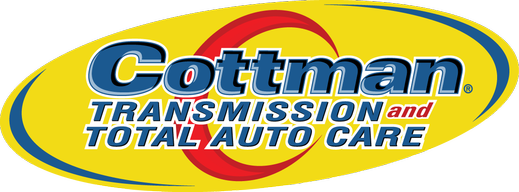Clutch Repair Services
Cincinnati, OH
Durable Clutch Repair Services
At Cottman Transmission and Total Auto Care in Cincinnati, OH, we specialize in comprehensive clutch services to keep your vehicle running smoothly. Our skilled technicians offer full clutch inspections, repair, and maintenance services.
With over 100 years of combined experience, our veteran owned shop delivers exceptional results. Contact us today to ensure your clutch is in prime condition.
Signs You Need Clutch Repair Services
Recognizing clutch issues early can prevent costly repairs down the road. Our expert team at Cottman Transmission and Total Auto Care is equipped to handle all your clutch-related concerns. Here are some signs you might need our clutch repair services:
- Slipping clutch during acceleration
- Difficulty shifting gears
- Unusual noises when pressing the clutch pedal
- Vibrations or pulsations in the pedal
- Clutch pedal feeling spongy or sticking
Choose Cottman Transmission and Total Auto Care
Choose Cottman Transmission and Total Auto Care for superior clutch repair and maintenance. Our commitment to excellence is evident in every service we provide. Here are some reasons why customers choose us:
- 100% satisfaction guarantee on transmission repairs
- 2-year/unlimited-mile warranty on transmission rebuilds
- 12-month/unlimited-mile warranty on most general repairs
- Free TransCheck 21 PLUS® service for check engine light issues
- Flexible financing options available
- Complimentary initial inspection
- Operating since 2004
- More than a century of combined expertise
- Veteran and locally operated
- Swift turnaround times
- Local courtesy transportation available
- Detailed explanations and exceptional service
- Extensive experience with aftermarket warranty providers
Contact Us
Don't let clutch problems compromise your driving experience. Cottman Transmission and Total Auto Care in Cincinnati is ready to provide expert clutch repair, inspection, and maintenance. Request an appointment today to receive the best possible care for your vehicle.

Share On: